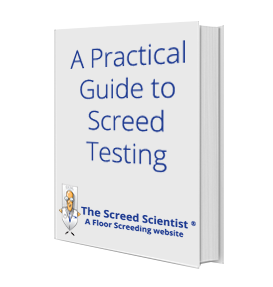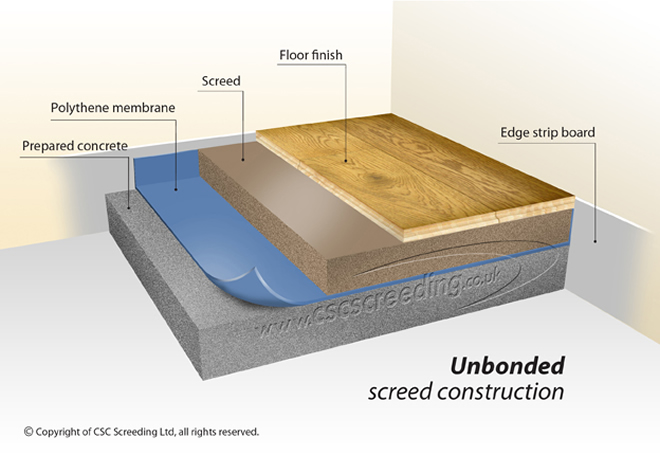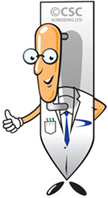
A Practical Guide to Screed Testing: What Do the Experts Say?

A Practical Guide to Screed Testing: What Do the Experts Say?
Always ensure the flatness of the base substrate before installing unbonded screeds
Unbonded screed is the special type of screed construction where the screed is intentionally separated from the base by using a polythene slip membrane. The separating layer is introduced beneath the screed to enable independent movement of the flooring system in relation to the base.
To allow this movement to take place freely, it is important to ensure that the concrete base is smooth, and free of stepped or uneven areas. An uneven base can cause physical restraints to movements and lead to the development of weak points and generate greater stress in the floor system, giving rise to random, uncontrolled cracking.
It is therefore essential to ensure that the base substrate is smooth and evenly textured for achieving a good quality unbonded screed. CSC recommends that a pre-levelling system like a self-smoothing compound should be used smoothing out the substrate imperfections and for achieving the best results.
However, it should be borne in mind that this can be an additional expense and can cause budgetary issues to the principal contractor or client. But, all the same the repairs at a later stage could be considerably more expensive and more labour intensive.
Also, as unbonded screeds are applied to a minimum thickness of 50mm, we recommend that a 10mm polyethylene strip should also be applied to all perimeters and penetrations. This will absorb the movement from the moving screed.






